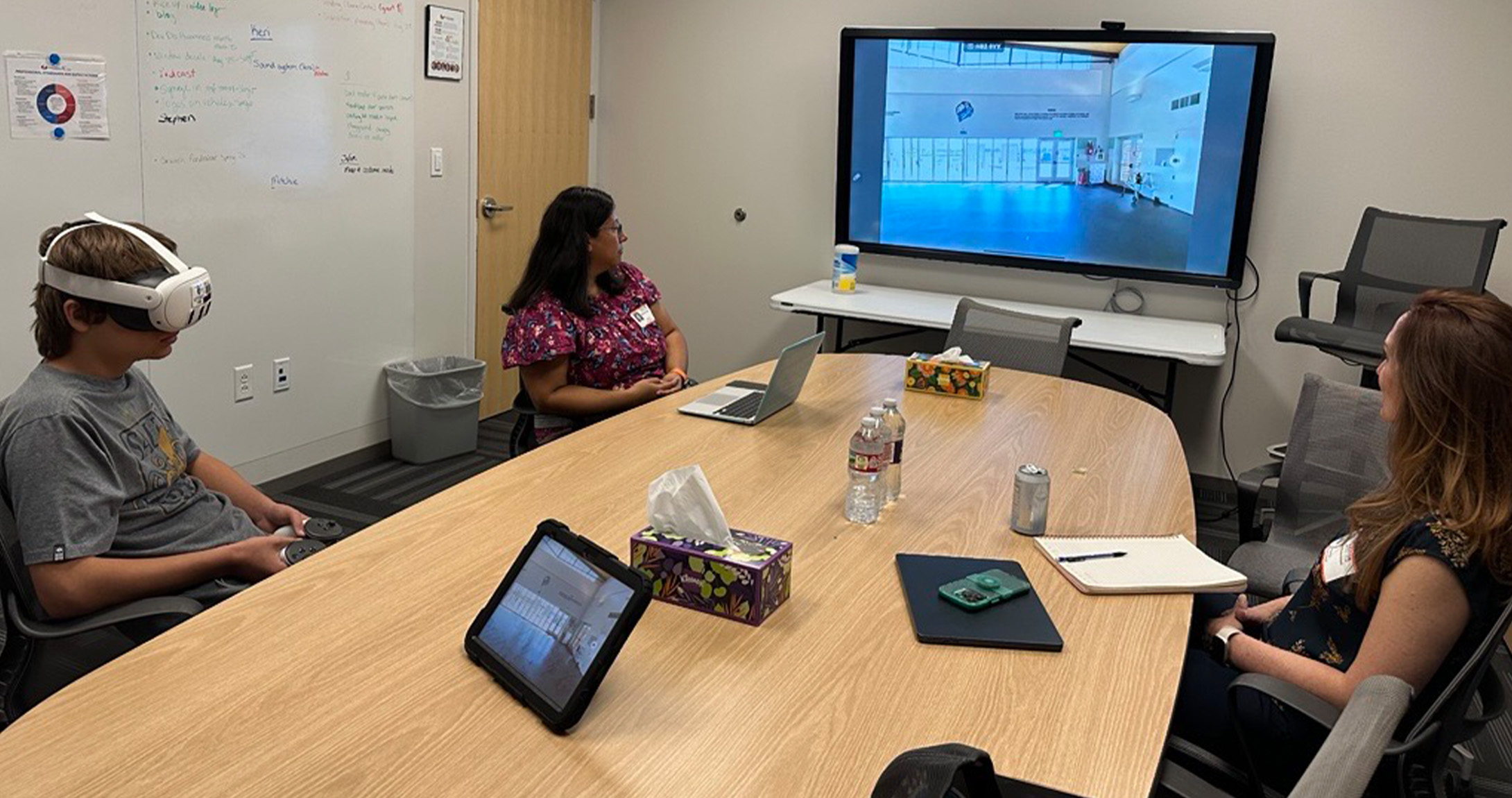In the working world, we all know that time is money. That is especially true in west Texas as companies are finding new methods in their search for black gold.
A UT Permian Basin professor is working on a new model that would save companies both time and money as they’re drilling for more oil. Dr. Ahmed Alzahabi is working to make hydraulic fracturing more efficient.
He has spent the last four years studying shale rock and what it takes to pull oil from it.
“For you to deal with this rock, you have to understand the nature of the rock,” Dr. Alzahabi said.
Dr. Alzahabi says shale is a very hard, complex rock. For frac crews, that means there is no one way to pull oil from it. In fact, at times finding the ‘sweet spot’ can be very difficult.
Dr. Alzahabi recently co-authored a book, Optimization of Hydraulic Fracture Stages and Sequencing in Unconventional Formations, where it’s states “the early determination of sweet spots for well site selection and fracturing in shale reservoirs is a challenge for many operators.”
“Every operator wants to know if their well will make money or not. Every operator wants to know if this frac stage will produce a contributing amount of oil,” he said.
As the process works right now, crews drill multiple wells at one site and send sensors down with the hope that each one will strike oil. Though as Alzahabi explains in his book, this method does not always ‘result in optimal production.’
That’s why he is working on a model that will eliminate the guess work. Dr. Alzahabi believes a special algorithm and screening criteria on the surface of a drilling site can more accurately determine the ‘sweet spot.’
“We believe companies will be able to cancel unnecessary wells. They can cancel unnecessary frac stages before even drilling it,” he said. “We will save companies billions of dollars.”
Once the model is finished, crews will be able to punch in several key pieces of drilling information and Dr. Alzahabi’s model will measure how much oil will likely come out of that area and how many frac stages are needed.
“It sounds unconventional, but we’re finding that these companies are listening very well and are sending us data,” he said. “It’s a crazy method but this is the future.”
Dr. Alzahabi is using data from completion strategies to build the model. He says UT Permian Basin is the perfect place to develop this type of technology -- it’s in the heart of the drilling industry.
“UTPB is capable of helping the community. This is a very good thing,” Dr. Alzahabi said.
The model is still being built. Once it is complete, Dr. Alzahabi plans to start testing.



